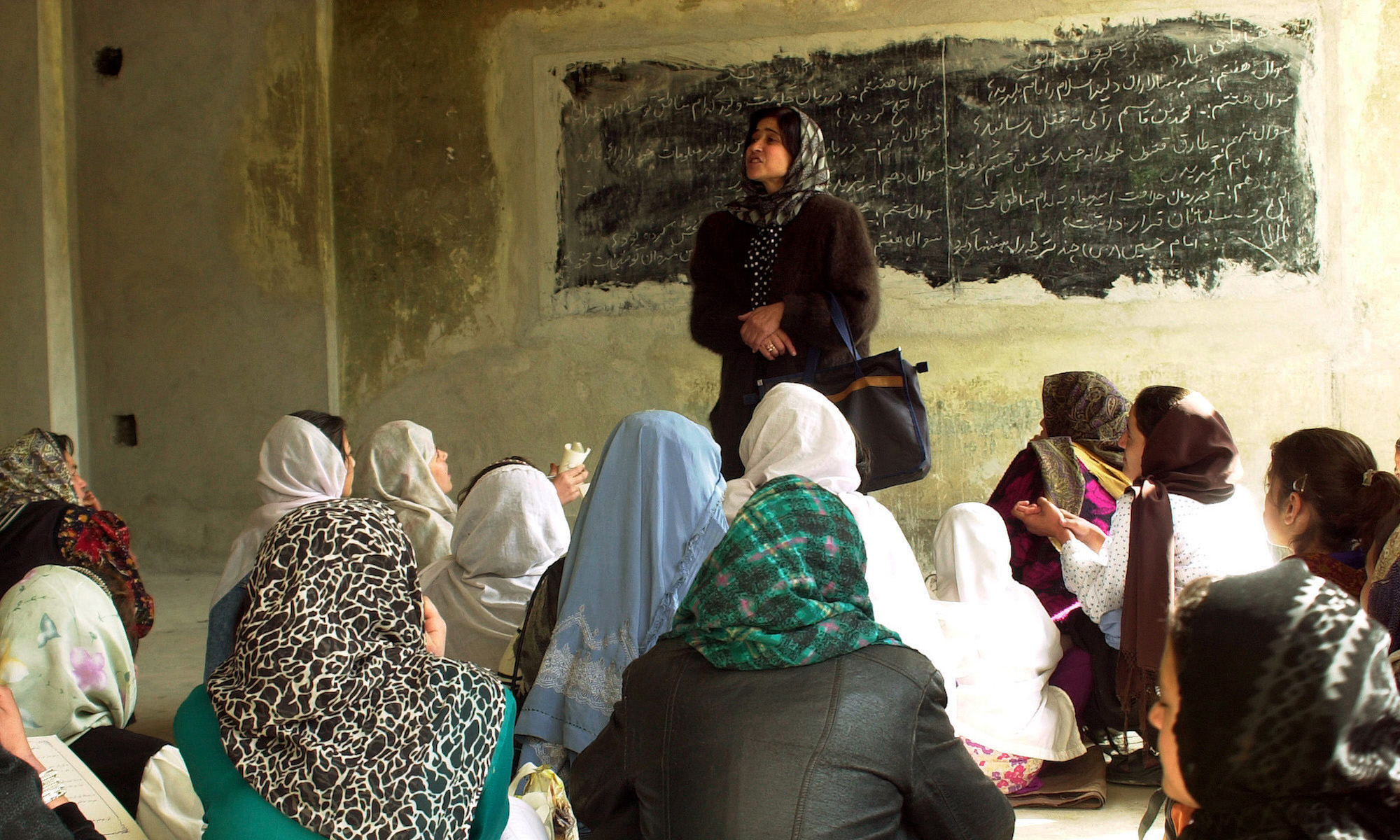To examine the relationship between patient satisfaction and doctor performance, the authors observed 2,271 interactions between 292 doctors and their patients in this paper presents a game theory model of the strategic interaction between Khartoum and Juba leading up to the referendum on Sudan’s partition in 2011. The findings show that excessive militarization and brinksmanship is a rational response for both actors, neither of which can credibly commit to lower levels of military spending under the current status quo. This militarization is often at the expense of health and education expenditures, suggesting that the opportunity cost of militarization is foregone economic development. These credibility issues might be resolved by democratization, increased transparency, reduction of information asymmetries, and efforts to promote economic and political cooperation. The paper explores these devices, demonstrating how they can contribute to Pareto preferred outcomes in equilibrium. The authors characterize the military expenditure associated with the commitment problem experienced by both sides, estimate its costs from data for Sudan, and identify the opportunity cost of foregone development implied by continued, excessive, and unsustainable militarization.
Understanding Civil War : Evidence and Analysis, Volume 2. Europe, Central Asia, and Other Regions
The two volumes of Understanding Civil War build upon the World Bank’s prior research on conflict and violence, particularly on the work of Paul Collier and Anke Hoeffler, whose model of civil war onset has sparked much discussion on the relationship between conflict and development in what came to be known as the “greed” versus “grievance” debate. The authors systematically apply the Collier-Hoeffler model to 15 countries in 6 different regions of the world, using a comparative case study methodology to revise and expand upon economic models of civil war. (The countries selected are Burundi, Congo, Democratic Republic of Congo, Nigeria, Kenya, Mozambique, Sudan, Algeria, Mali, Senegal, Indonesia, Lebanon, Russian Federation, Colombia, Northern Ireland, Bosnia-Herzegovina, Macedonia, and the Caucasus.) The book concludes that the “greed” versus “grievance” debate should be abandoned for a more complex model that considers greed and grievance as inextricably fused motives for civil war.
The Birth of South Sudan and the Challenges of Statebuilding
Transition from war to peace in Sub-Saharan Africa
Several devastating conflicts have persisted in Sub-Saharan Africa for the past 20 years or more. Some countries are still emerging from the era of cold war politics, while debilitating internal struggles continue to plague others. Ethiopia, Namibia, South Africa, Uganda, and more recently, Angola and Mozambique are examples of the former. The latter is illustrated by the situation in countries such as Liberia, Somalia and the Sudan. This study, the transition from war to peace in Sub-Saharan Africa, offers practical guidance and examples of good practice for improving the design and implementation of programs for demobilization, reinsertion, and reintegration of ex-combatants and their dependents in client countries. It also provides a list of early warning signals that indicate whether the demobilization and reintegration programs (DRPs) process is not going according to plan and suggests preventive actions. Work on the ground, as well as case analysis in countries such as Ethiopia, Namibia, Uganda, Angola, Mozambique, and Rwanda form the basis of the suggested good practice in DRPs.
A future disarmament, demobilisation and reintegration process in Sudan: lessons learned from Ethiopia, Mozambique and Uganda
The conflict that broke out in Sudan on the eve of its independence from Britain in 1956 has devastated the country, retarded developmental progress, drained human resources and damaged the social fabric of the entire nation. However, the Protocol of Machakos which was signed by the Government of the Republic of the Sudan and the Sudan People’s Liberation Movement/Sudan People’s Liberation Army on 20 July 2002, states the commitment of the parties to a negotiated, peaceful and comprehensive resolution to the conflict within the unity of the country. With peace now in sight, the disarmament, demobilisation and reintegration (DDR) of former combatants is essential to avoid the mistakes made in 1972. It is crucial to build a new future for the generations that have suffered so much in five decades of war. This paper examines the challenges that might confront DDR in post-conflict Sudan. It draws on past experience following the 1972 Addis Ababa Agreement between the regime of President Gaffar Mohammed Nimeiri and the Anya-nya rebels, and on the experiences of countries that have gone through similar situations, such as Ethiopia, Mozambique and Uganda.
Debating Darfur in the World
This article compares the debates and demonstrations about Darfur that have taken place in the Sudan, the United States, and Qatar and illuminates how political violence is apprehended and cultural identities are constructed. The rallies that occurred among Sudanese inside and outside the Sudan following the 2009 indictment of President Omar Hassan al-Bashir by the International Criminal Court (ICC) are particularly revealing. Examining what has been represented worldwide as the first genocide of the twenty-first century brings to light the ideologies that are expressed in impassioned political positions. Ideology, which implicitly undergirds the mixed emotions with which the ICC warrant was received, has been fundamental to the Darfur story from the start of the crisis in 2003. Describing Darfur in three distinct sociopolitical arenas, one sees various scenarios that are akin to a play with multiple actors and scenes, each of which is contextually mediated and expertly produced. The disconnections, ruptures, and shifts in the flow of this narration point to the disparities in the situational, local, regional, and transnational forces at work.
